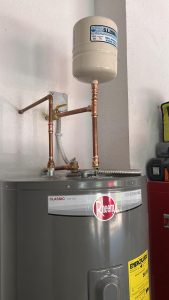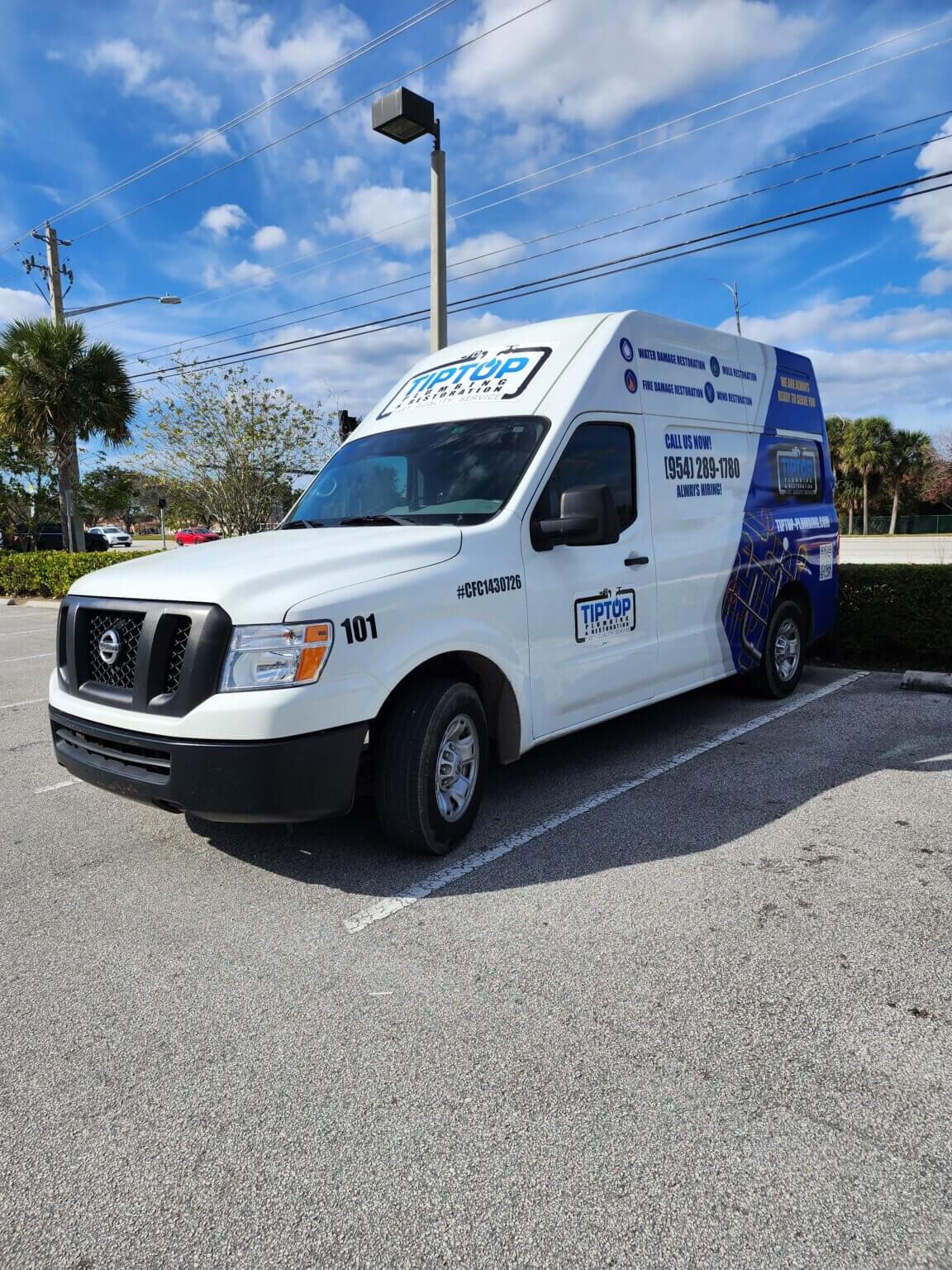
Is Your Faucet Dripping? Here's What Pembroke Pines Plumbers Recommend

Introduction
A dripping faucet—it's one of those annoyances that seems small but can lead to larger problems if left unresolved. Not only does it create an irritating sound, but it also wastes water and increases your utility bills. If you’re in Pembroke Pines and facing this dilemma, you may be wondering Expert advice on water heater selection in Pembroke Pines what steps to take. Tip Top Plumbing & Restoration in Pembroke Pines has the expertise to help you navigate the complexities of faucet Eco-friendly water heater options for homeowners issues. In this article, we'll explore everything you need to know about dripping faucets—from causes to solutions—straight from the recommendations of seasoned plumbers.
Is Your Faucet Dripping? Here's What Pembroke Pines Plumbers Recommend
A dripping faucet doesn't just present a nuisance; it can signify underlying plumbing issues that could escalate if ignored. So, what do the experts recommend? The first step is identifying the type of faucet you have: compression, cartridge, ball, or ceramic disc. Each type has different components that can wear out over time.
Understanding Faucet Types
Compression Faucets
Compression faucets use rubber washers to stop water flow. Over time, these washers can wear down and lead to drips.
Cartridge Faucets
Cartridge faucets contain a cartridge that controls water flow and temperature. Wear on the cartridge can cause leaks.
Ball Faucets
Ball faucets feature a single handle that moves over a rounded ball assembly. This design can become loose and leak over time.
Ceramic Disc Faucets
These faucets use two ceramic discs that slide against each other to control water flow. If dirt or debris gets trapped between them, it can lead to drips.

Common Causes of Dripping Faucets
Understanding why your faucet may be dripping is crucial for effective repair. Here are some common culprits:
Worn Washers
The most frequent cause of leaks in compression faucets is worn-out washers. These rubber components deteriorate with time and pressure.
Damaged O-Rings
O-rings are used in various faucet types to create seals around moving parts. A damaged O-ring can cause water to leak from the handle area.
Corroded Valve Seat
In some cases, corrosion on the valve seat—where the washer sits—can lead to leaks. Calcium buildup is often responsible for this issue.
Loose Parts
Sometimes, simply tightening loose screws or nuts can solve your problem without needing replacement parts.
Steps for Fixing a Dripping Faucet
If you're ready to tackle that leaky faucet yourself, follow these steps recommended by professionals at Tip Top Plumbing & Restoration in Pembroke Pines:
1. Gather Tools
You'll need screwdrivers, pliers, replacement parts (washers or cartridges), and possibly plumber’s tape.
2. Turn Off Water Supply
Before starting any repairs, turn off the water supply at the shut-off valves under your sink.
3. Disassemble Faucet
Remove screws or nuts holding your faucet together carefully; keep track of all parts for reassembly later.
4. Inspect Components
Check washers, O-rings, and cartridges for wear and replace them as needed with compatible parts from local suppliers or your preferred water heater installers in Pembroke Pines.
5. Reassemble Faucet
Put everything back together carefully; make sure all parts are secured tightly but not overtightened Pembroke Pines faucet repair for kitchens and bathrooms as this could damage them.
6. Test for Leaks
Turn on the water supply again and check for any signs of leakage before considering your work done!
When to Call a Plumber in Pembroke Pines
While many minor leaks can be fixed at home, sometimes it's best to call in professionals like plumber Pembroke Pines services when:
- You’ve tried fixing it multiple times without success.
- You suspect deeper plumbing issues beyond just the faucet.
- You’re uncomfortable with DIY repairs due to lack of experience.
Professional plumbers have specialized tools and knowledge that allow them to identify problems quickly and efficiently—and trust me; it’s worth every penny!
Water Damage Risks Associated with Dripping Faucets
Ignoring a dripping faucet may seem harmless initially but consider this: constant moisture can lead to mold growth over time! Here are some risks involved:
| Risk | Description | |-----------------------------------------|-------------------------------------------------------| | Mold Growth | Moist conditions promote mold growth which is harmful| | Structural Damage | Persistent drips may weaken supports underneath sinks| | Increased Utility Bills | A single drip may waste gallons per day |
Preventive Measures for Future Leaks
Taking proactive steps today can save you significant headaches tomorrow! Here’s how:
FAQs About Dripping Faucets
1. How much water does a dripping faucet waste?
A single drip per second can waste over 3,000 gallons annually!
2. Can I fix my leaking faucet myself?
Yes! With basic tools and some research on your specific faucet type, many homeowners successfully perform their own repairs.
3. Why does my kitchen faucet drip only sometimes?
Intermittent leakage could indicate changes in water pressure or temperature affecting valve seals temporarily.
4. Should I replace my entire faucet if it’s dripping?
Not necessarily! Many leaks are easy fixes with simple replacements like washers or cartridges rather than full replacements.
5. When should I call a professional plumber?
If DIY attempts fail or if multiple faucets show signs of leaking simultaneously—it might indicate larger plumbing problems requiring expert attention!
6. Do dripping faucets affect my home value?
Yes! Potential buyers often view plumbing issues as red flags indicating poor maintenance practices throughout the property.
Conclusion
Dealing with a dripping faucet doesn’t have to leave you feeling overwhelmed or frustrated! By understanding its causes and knowing when it's appropriate for DIY repairs versus when it's best left to professionals like those at Tip Top Plumbing & Restoration in Pembroke Pines, you can effectively manage these minor inconveniences before they escalate into Local water heater installation services costly repairs down the road! Don't let those pesky drips rob you of peace—take action today!
Remember: whether it’s finding “faucet repair near me” online or enlisting trusted plumbers who specialize in quick resolutions—you’ve got options! By being proactive about maintenance now, you're investing not only in functionality but also enhancing comfort within your home environment for years ahead!
